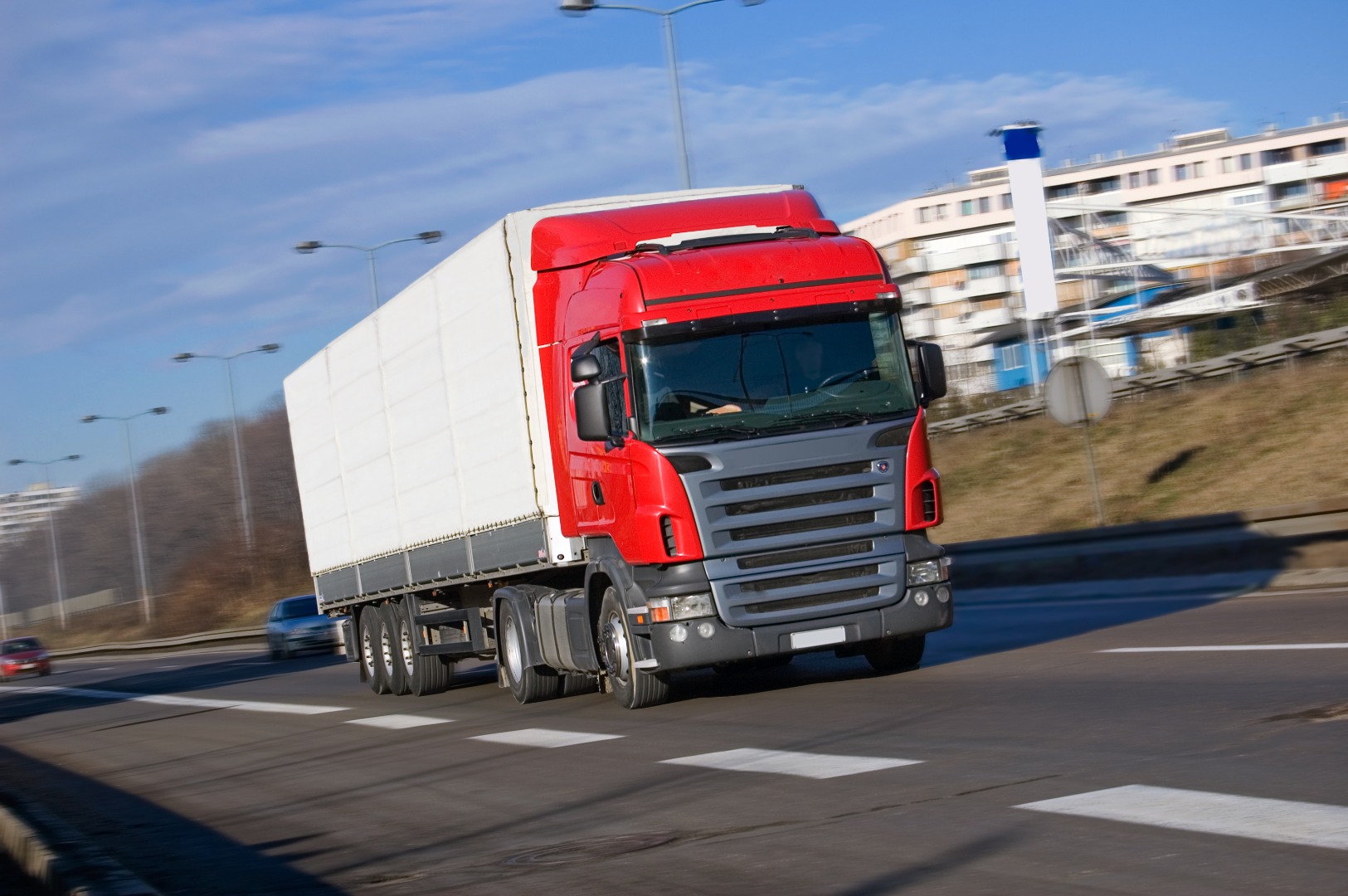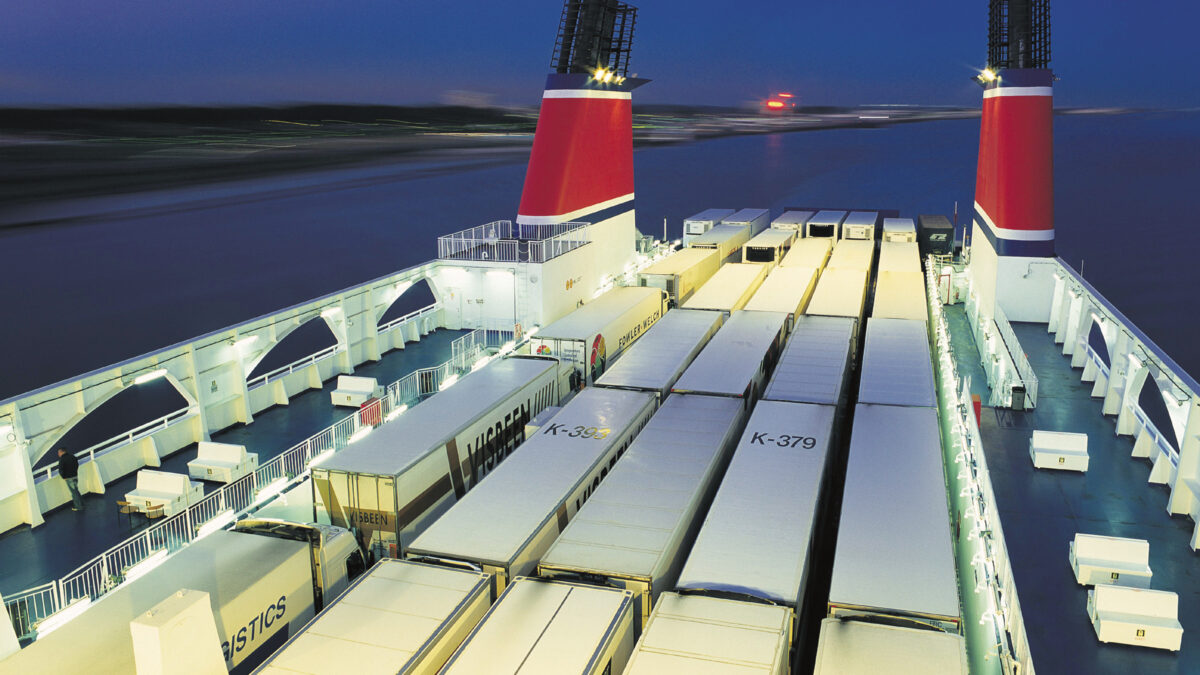
Awareness of the Polish flag
9 May 2024
Blockade kills logistics companies
19 June 2024Transportation in the global economy is responsible for about 30% of emissions. Of course, this includes all modes of transportation, including sea and air. It is impossible to determine precisely what share of this 30% is accounted for by road transport, but it is probably not insignificant.
Road vehicles continue to be improved and made greener, but the steady increase in their number on the world’s roads is thwarting these efforts. And the growth is due to the steady expansion of global production and trade, much of which is transported by road. Appeals to halt the growth of automobile transport and shift at least some of the goods carried by it to other modes of transport, especially rail, are of little use. Simply put, the “inherent” characteristics of road transport already give it a huge advantage over other types of transport in advance, except only for maritime transport, which, however, is used almost exclusively for intercontinental transport.
And here we come to the crux of the above-mentioned properties of road transport. Indeed, everyone knows that a truck can be made available for loading and unloading almost anywhere (except in the middle of the seas and oceans and the tops of mountains) and at any time of the day or night. It doesn’t even need wide, paved roads. The only concern for developers is finding land near highways or road interchanges. Road transport is thus the most flexible and accessible of all modes, and this seems to give it such an advantage that no appeals or even directives will help.
Take a look, for example, at the EU’s Strategy for the Smart and Sustainable Development of Transport and some of its demands for precisely limiting the expansion of road transport in favor of other modes. To name a few, let’s mention the following:
- Decarbonization – reducing emissions by 60% by 2050.
- Halving the number of conventionally powered cars in urban transportation by 2030.
- Carbon-free logistics in major cities by 2030.
- Shifting 30% of road transport volume over 300 km to other modes by 2030.
The demand to halve the number of cars in urban transport, those emitting pollution, applies, of course, to all vehicles – private, business, passenger and trucks, including urban transport. However, while urban transportation using alternative energy sources – electricity or gas – can be subsidized, trucks and courier company cars, for example, are unlikely to be, as they must be operated on an economic basis. And electricity is expensive. Already, several courier companies have had to phase out the use of electric cars because they were threatened with bankruptcy. This is directly related to the next demand – zero-emission logistics in large cities. Particularly important in this context is e-commerce, which has been growing uninterruptedly for more than a dozen years and receives from time to time additional impulses for further growth.
Other solutions are now virtually science fiction. Once advertised as a miracle solution, drones are unlikely to be more widely introduced – cars are at least a familiar and tame phenomenon, while thousands of drones – and by no means toys – over heads and homes are a completely different cup of tea. Autonomous cars solve only one problem – a shortage of drivers – and not other, and besides, the legal issues surrounding their eventual implementation are essentially unsolvable. Currently, all of the new solutions being tested in urban logistics involve new ways of delivering goods, i.e. delivery and pickup points, rather than transportation per se.
Another demand – to limit road freight transport over distances greater than 300 kilometers – is paradoxical in itself, since all calculations and rules clearly state that road transport over such distances is economically unviable.
The same is true of intermodal transport, which would – and could – be a recipe for road transport. The loudly proclaimed successes of this mode of transportation a few years ago were due to an increase in container shipments to and from Polish ports. Such shipments are, of course, intermodal transport, only that this increase was due to an increase in container handling at Polish ports and had nothing to do with any conscious policy of intermodal transport development.
On the other hand, truck transport is not at all going to give up the field without a fight. The latest idea is 25.25-meter-long extended semi-trucks with increased payload capacity. This is, at least in theory, a way to reduce the number of cars in traffic and thus reduce congestion and emissions. For now, the industry is waiting for an official green light for such trucks.
Article developed with Namiary na Morze i Handel magazine
phot. Namiary na Morze i Handel magazine






